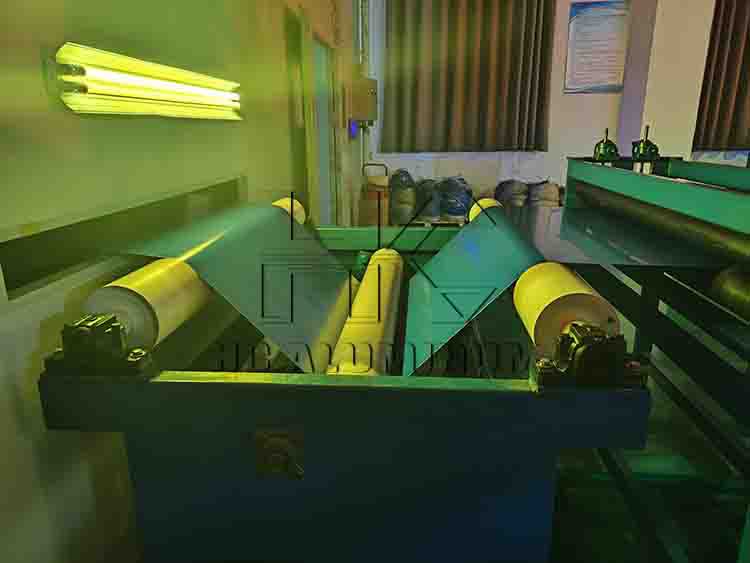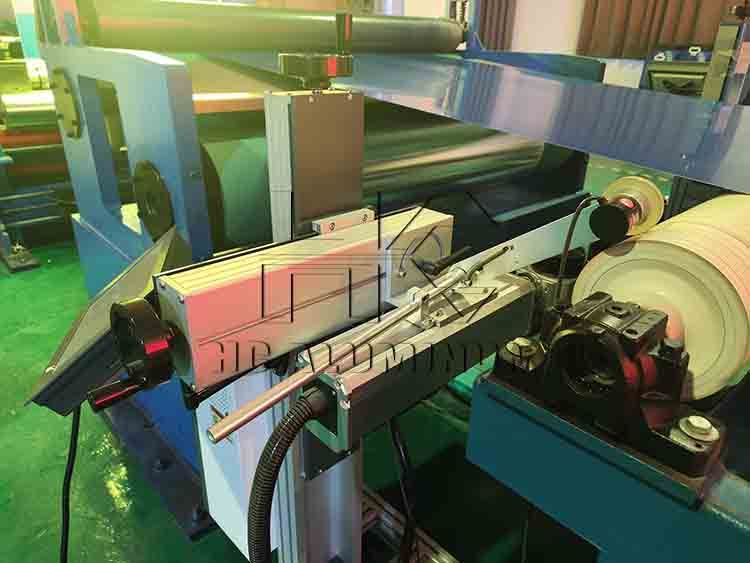What Is Digital Offset Printing
Offset, inkjet, toner and direct imaging (DI) printing technologies all have their own advantages and disadvantages, which can also be expressed in terms of print format, quality level, output and cost. So how should printing companies make investment decisions? People have never stopped comparing printing technologies.

Offset printing
Offset printing plants are usually engaged in high-speed printing of large quantities of static documents. They only focus on quality and speed when choosing equipment. Although many people tout the benefits of digital printing, offset printing still has its place in the market. Print PS is used for this printing technology.
In the offset printing process, the operator needs to make a plate directly through film printing or computer, then transfer the graphics and text on the printing plate like PS plate and then to the paper. Offset printing machines can print on a variety of substrates, including some special coated papers. Large-format offset printing equipment is mainly used in the production of newspapers and other large-format products.
Offset printing has certain advantages in long-run printing and compatibility with substrates. Although the quality of digital printing has improved significantly in recent years, it still cannot meet the needs of some applications.
Digital printing technology
To improve marketing efficiency, the market is currently increasing its demand for short-run personalized printing. Digital printing presses can produce short-run jobs in a more economical way. With its help, printing service providers can achieve on-demand printing while shortening the startup setup, plate making and drying time.
Digital printing presses are usually small in size, do not require too many operators, and can perform online post-press processing such as wireless binding and bookmaking. These unique features make digital printing presses popular in areas such as on-demand printing, short-run book publishing or marketing material production.
Five factors that determine the success or failure of the integration of digital and offset printing
With the maturity of digital printing technology and the continuous reduction of its cost, printing manufacturers have begun to combine traditional offset printing with new digital printing technology. In the process of combining offset printing technology with digital printing, printing manufacturers need to fully consider factors such as substrates, inks and environment.
Because some conditions may be ideal for one printing method, but may not be suitable for another printing method. Only by effectively controlling the variable factors in printing can the two technologies complement each other. Here we also need digital offset printing plates.














